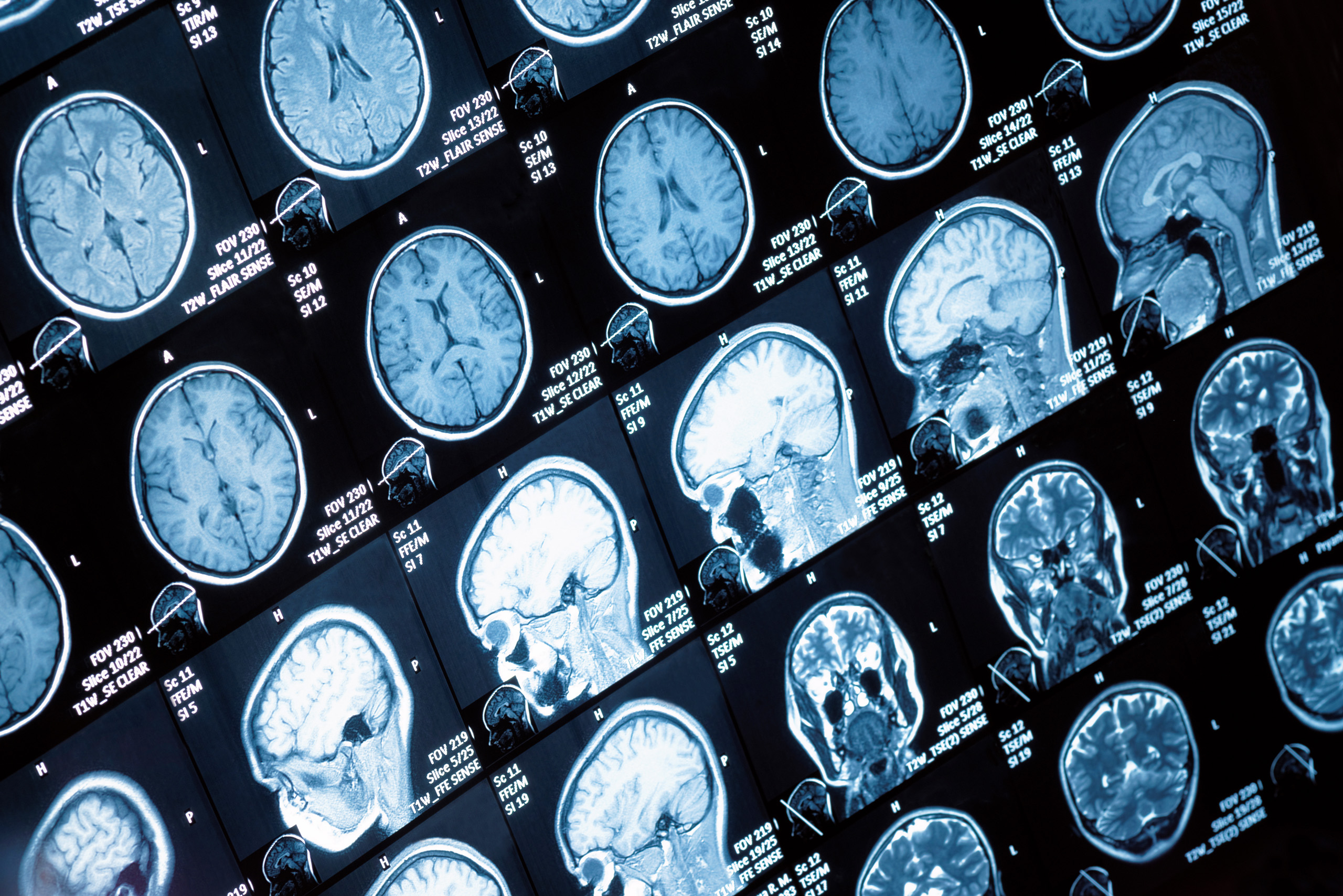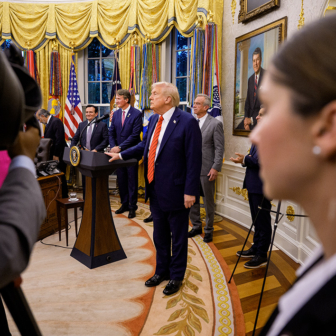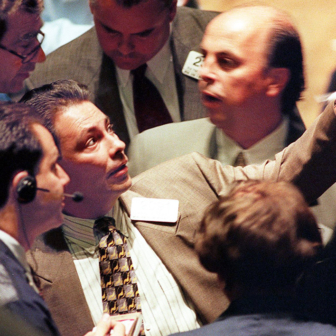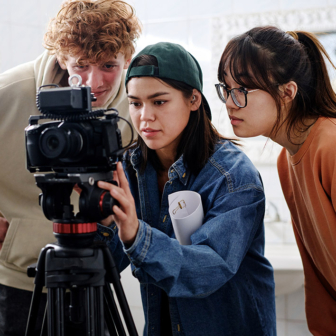A whole lot of people think that AI is going to eliminate many human jobs. Perhaps no one is more confident of this prediction than the engineers who are actually building the AI in question. For example, nine years ago, Geoffrey Hinton — one of the key creators of modern AI — declared we should stop training radiologists, because they would be replaced in five to ten years:
I think if you work as a radiologist, you are like the coyote that’s already over the edge of the cliff but hasn’t yet looked down… People should stop training radiologists now. It’s just completely obvious within five years deep learning is going to do better than radiologists… It might be ten years, but we’ve got plenty of radiologists already.
ChatGPT hadn’t yet been invented, but the AI systems of 2016 were already pretty good at reading medical imaging. Hinton felt that he could see the writing on the wall.
And yet here we are, nine years later, and the radiology profession is doing just fine. Deena Mousa recently wrote about this in an excellent Works in Progress article:
Radiology is a field optimised for human replacement, where digital inputs, pattern recognition tasks, and clear benchmarks predominate… But demand for human labour is higher than ever. In 2025, American diagnostic radiology residency programs offered a record 1208 positions across all radiology specialties, a 4 per cent increase from 2024, and the field’s vacancy rates are at all-time highs. In 2025, radiology was the second-highest-paid medical specialty in the country, with an average income of $520,000, over 48 per cent higher than the average salary in 2015.
As Mousa notes, some of the reasons for this are pedestrian. AI models don’t perform nearly as well once they get out in the real world and have to go far beyond their training data. And humans don’t trust the AI, so regulators and health insurers sometimes insist on human radiologists.
But there are other reasons for the persistence of the radiology profession that are even more profound — and that should serve as important reminders about how little we know about the economic effect of AI.
First, AI model makers don’t actually know what radiologists do. They know radiologists read scans, but they don’t know all the other stuff they do:
Radiologists are useful for more than reading scans; a study that followed staff radiologists in three different hospitals in 2012 found that only 36 per cent of their time was dedicated to direct image interpretation. More time is spent on overseeing imaging examinations, communicating results and recommendations to the treating clinicians and occasionally directly to patients, teaching radiology residents and technologists who conduct the scans, and reviewing imaging orders and changing scanning protocols. This means that, if AI were to get better at interpreting scans, radiologists may simply shift their time toward other tasks. This would reduce the substitution effect of AI.
Because AI engineers don’t really understand all the things radiologists do, they will be slow to design AI systems that address all of these tasks. And even when someone does get around to addressing this problem, it’s not clear when we’ll get AI that’s as good at humans at all of these tasks. Humans may remain in the loop.
Finally, AI increases productivity, which reduces cost, which increases the number of patients who can be served. This increases the demand for radiologists’ labour:
As tasks get faster or cheaper to perform, we may also do more of them. In some cases, especially if lower costs or faster turnaround times open the door to new uses, the increase in demand can outweigh the increase in efficiency, a phenomenon known as Jevons paradox. This has historical precedent in the field: in the early 2000s hospitals swapped film jackets for digital systems. Hospitals that digitised improved radiologist productivity, and time to read an individual scan went down. A study at Vancouver General found that the switch boosted radiologist productivity 27 per cent for plain radiography and 98 per cent for CT within a year of going filmless. This occurred alongside other advancements in imaging technology that made scans faster to execute. Yet, no radiologists were laid off.
Instead, the overall American utilisation rate per 1000 insured patients for all imaging increased by 60 per cent from 2000 to 2008. This is not explained by a commensurate increase in physician visits. Instead, each visit was associated with more imaging on average.
AI engineers, who look mainly at their models’ capabilities, don’t generally think a lot about this overall economic ecosystem. They’ve seen their creations up close, and they know their capabilities better than anyone else, but that doesn’t mean they know what a radiologist does at work. And they don’t know whether AI will simply change how radiologists spend their time at work while also improving their productivity. Hinton might someday be right, but as of right now he was wrong. •




